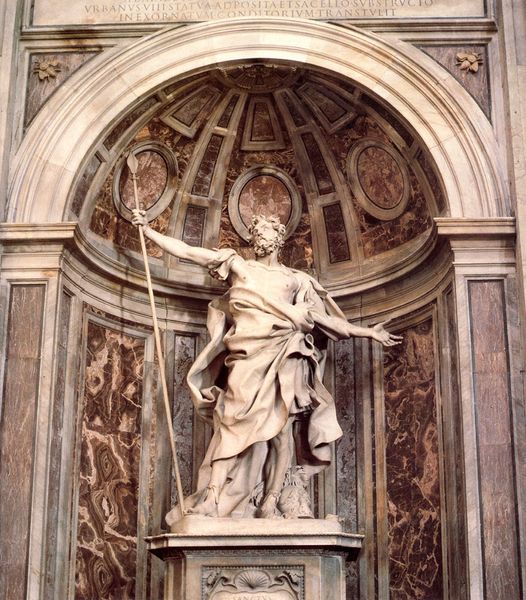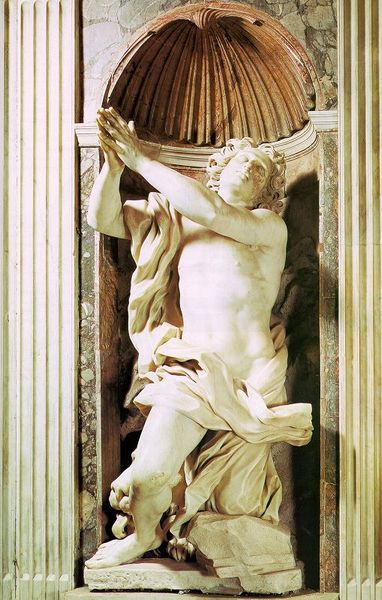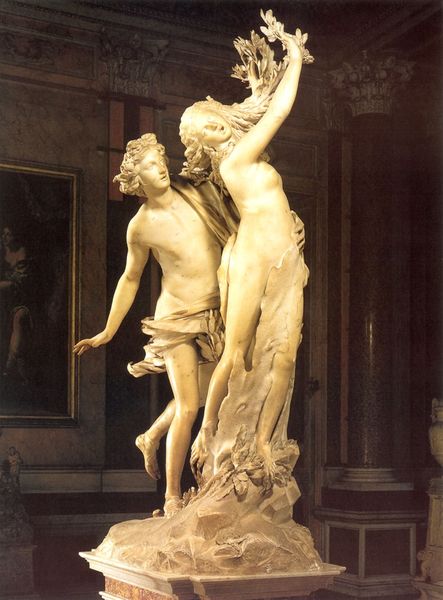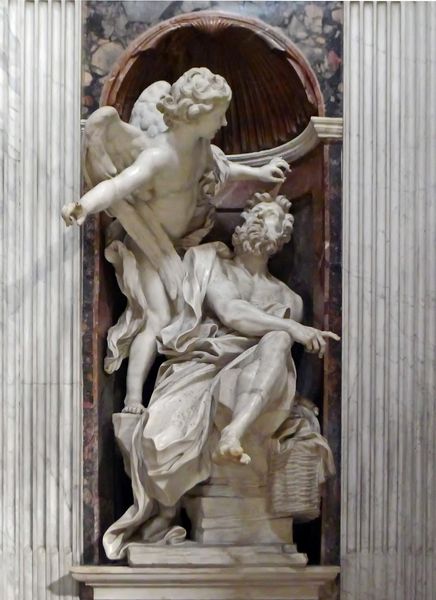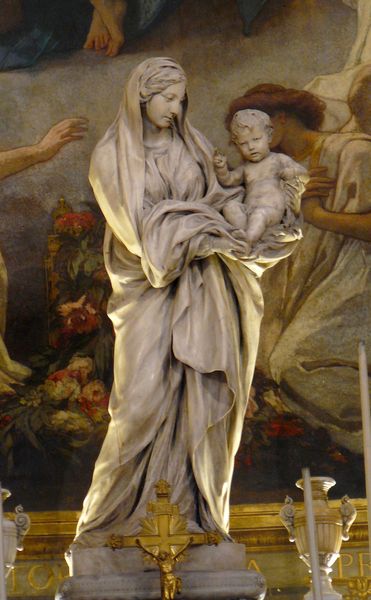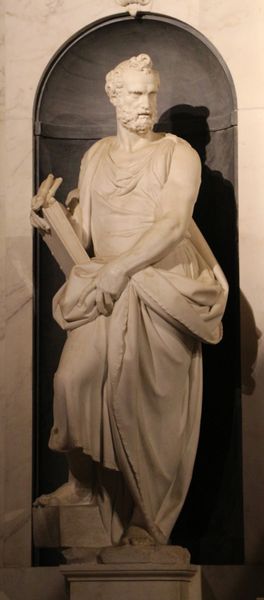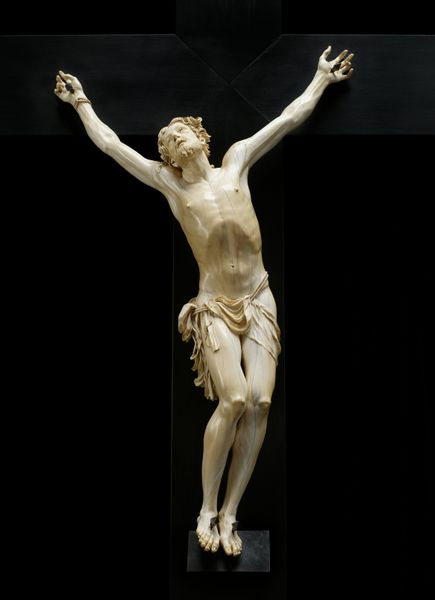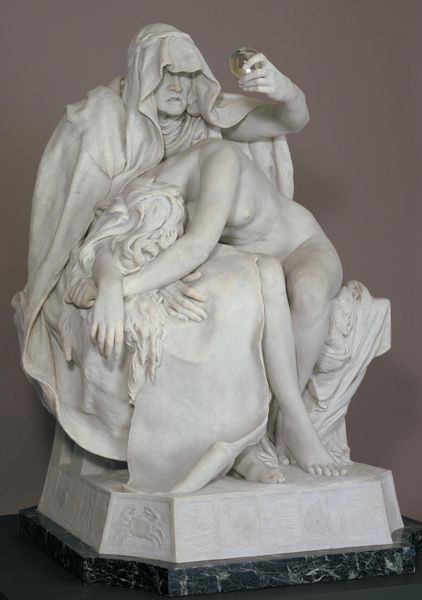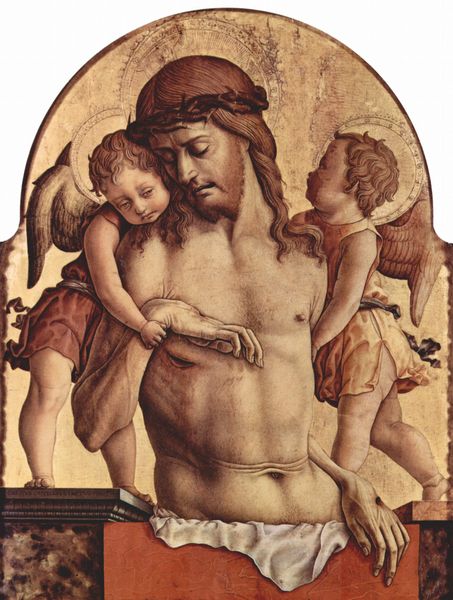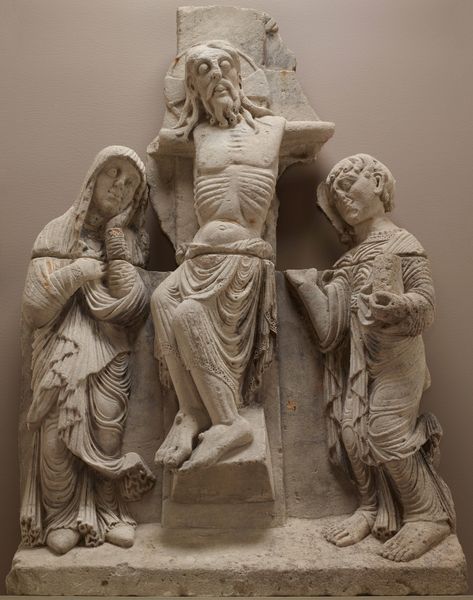carving, sculpture, marble
#
portrait
#
statue
#
carving
#
sculpture
#
figuration
#
sculpture
#
christianity
#
history-painting
#
marble
#
italian-renaissance
#
virgin-mary
#
statue
Dimensions: 174 x 195 cm
Copyright: Public domain
Comments
No comments
Be the first to comment and join the conversation on the ultimate creative platform.


